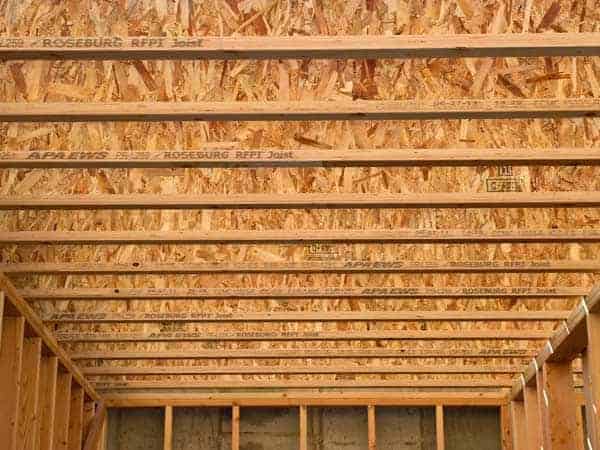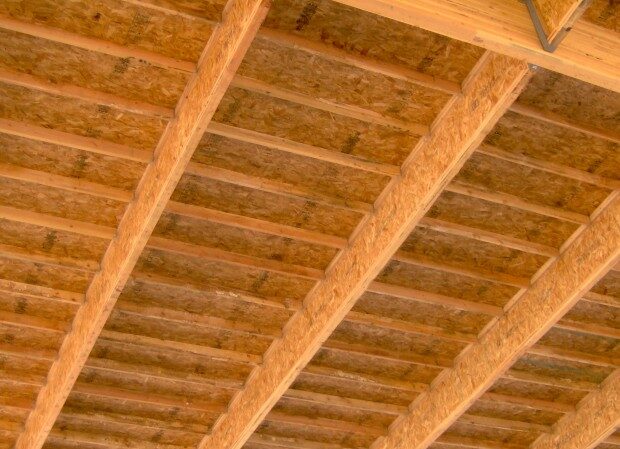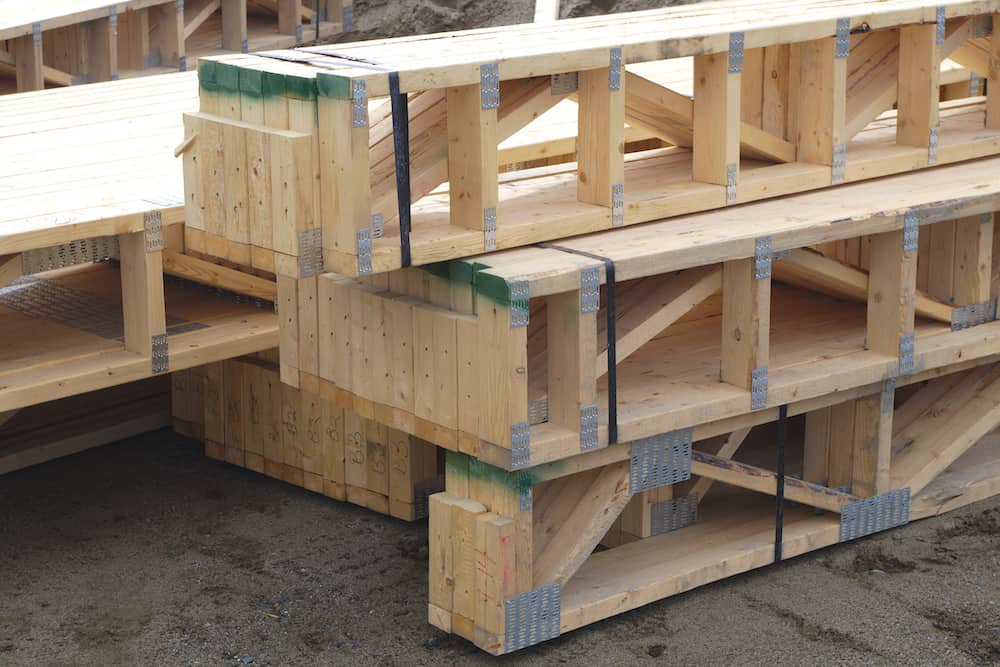Do you need to make a decision on what type of floor trusses or joists you need for your new home construction?
Well, you are in luck. When it comes to framing out your home, there are a variety of different materials available for you. From i-joists and open web floor trusses, the type of floor joist is really up to you and will depend on certain factors, such as your desired span, load capacity, and other factors.
In this blog post, we’ll explore the different types of floor trusses and joists available today, including their advantages and disadvantages. We will also touch a little on the flooring that goes on top of the joists or trusses, as well as a few installation tips so that you can get the most out of these versatile options.
Are you ready to learn what you need to know? Then let’s get started!
Table of Contents
What are Floor Trusses and Joists?
First, it’s important to understand exactly what floor trusses and joists are, because they aren’t the same thing.
Floor trusses
Floor trusses are an engineered wood product. They are made up of a top and bottom chord (strip of wood) that are connected by diagonal strips of wood in a zig-zag pattern. Floor trusses create a sturdy, interconnected system that is designed to support floor loads in quality residential construction.
Floor joist
When it comes to floor joists, they are pieces of dimensional lumber (board size) that work in conjunction with beams and are lined up across the span of the house, separated by (and held together by) cross pieces called blocking. The structure of floor joists is used to support the subfloor above and is designed to distribute the weight of the home onto the vertical parts of the structure.
As for the different materials used in each floor system, floor trusses are made up of quality lumber or steel connected by steel plates. Joists generally are made of up solid lumber, too, like Douglas fir or pine, although they can also be made of manufactured wood or steel.
Which Type of Floor Joists or Floor Trusses Should I Get?
There are a variety of floor trusses and joists available, each with their own advantages and disadvantages depending on the type of floor you’re building.
Solid Lumber Joist

Solid lumber joists are the type of joist we mentioned earlier, consisting of a solid board that runs across the length of a house and works together with beams, blocking, and studs to create a system that supports a home. While these are sturdy, created from old-growth trees that won’t easily warp, they also are expensive, as the source of old-growth trees is slowly diminishing.
I-Joist

An alternative to standard joists, I-joists are lightweight and easy to install. Made from plywood and solid wood and shaped like an “I”, this type of floor joist provides an open floor space which is great for plumbing and utilities as it allows easy access once the installation is complete. Also, they are typically more readily available than floor trusses (and even more available than solid lumber joists in some locations), making it easier to find the product you need.
The major downside is that the manufactured wood will fail quickly in the case of fire. Another issue with i-joists is that each one must be engineered specifically for the job they are used for. The engineer must take into account the load capacity and the floor-joist span.
Open Web Floor Trusses

Open web trusses are the third option, which we also mentioned earlier. There are several advantages of a floor truss system over solid lumber joists.
For example, floor truss systems are constructed from grade lumber and engineered to provide superior strength and heavier loads when compared to a standard joist. Open web floor trusses are also ideal for longer spans and open floor plans, as they reduce the need for load bearing walls or posts in the middle of a room.
The main disadvantage is the time and effort it takes to order them, as they need to be engineered for each particular job, just like i-joists, as well as needing to be built in a truss factory. Another disadvantage is the cost – they are much more expensive than i-joists.
Quick Installation Tips for Floor Trusses and Joists
When it comes to floor trusses and floor joists, there are a few things you’ll want to consider before starting your project:
Check with Your Local Building Codes
Floor joists and floor trusses may be subject to different standards or restrictions in certain areas, so be sure to check with your local authorities before choosing your building materials.
Be Aware of the Load Capacity
Make sure that the flooring system you choose can handle both dead and live loads (such as people and animals in the building) for the area where it will be installed. It’s important to take all of that weight into account.
Consider Floor-Joist Spans
When selecting floor joists, consider how much weight they will have to support as well as their span length. Each type of support system has its own requirements for what it can support per square foot.
Choose the Right Type of Material
Floor joists and floor trusses both come in a variety of types of wood or steel, so be sure to choose the material that best fits your flooring project’s needs, as well as your personal preferences.
Conclusion
Overall, floor trusses and floor joists offer many advantages over traditional floor systems. They’re available in different sizes and shapes, making them suitable for any size or shape flooring project.
Remember, be sure to check with local building codes before beginning any flooring project to ensure it meets all requirements. And always take into account the size of your home, so that you choose a floor system that will support your lifestyle and personal needs. By following these steps, you can be sure that your floor will last for years to come.
Good luck on your flooring project!
Which material is right for your project? Let us know in the comments!